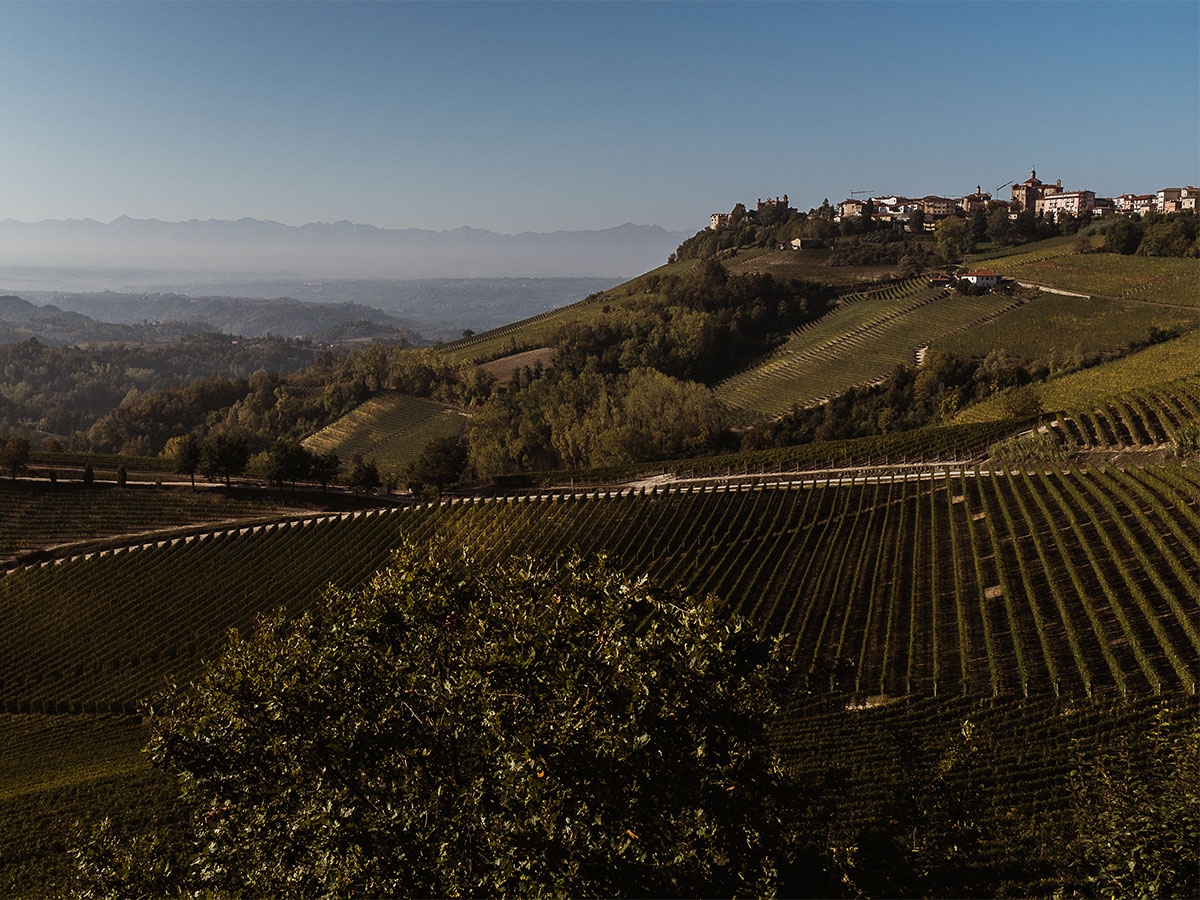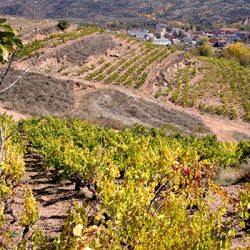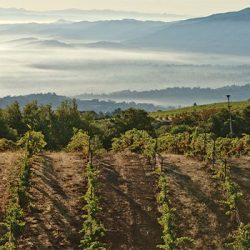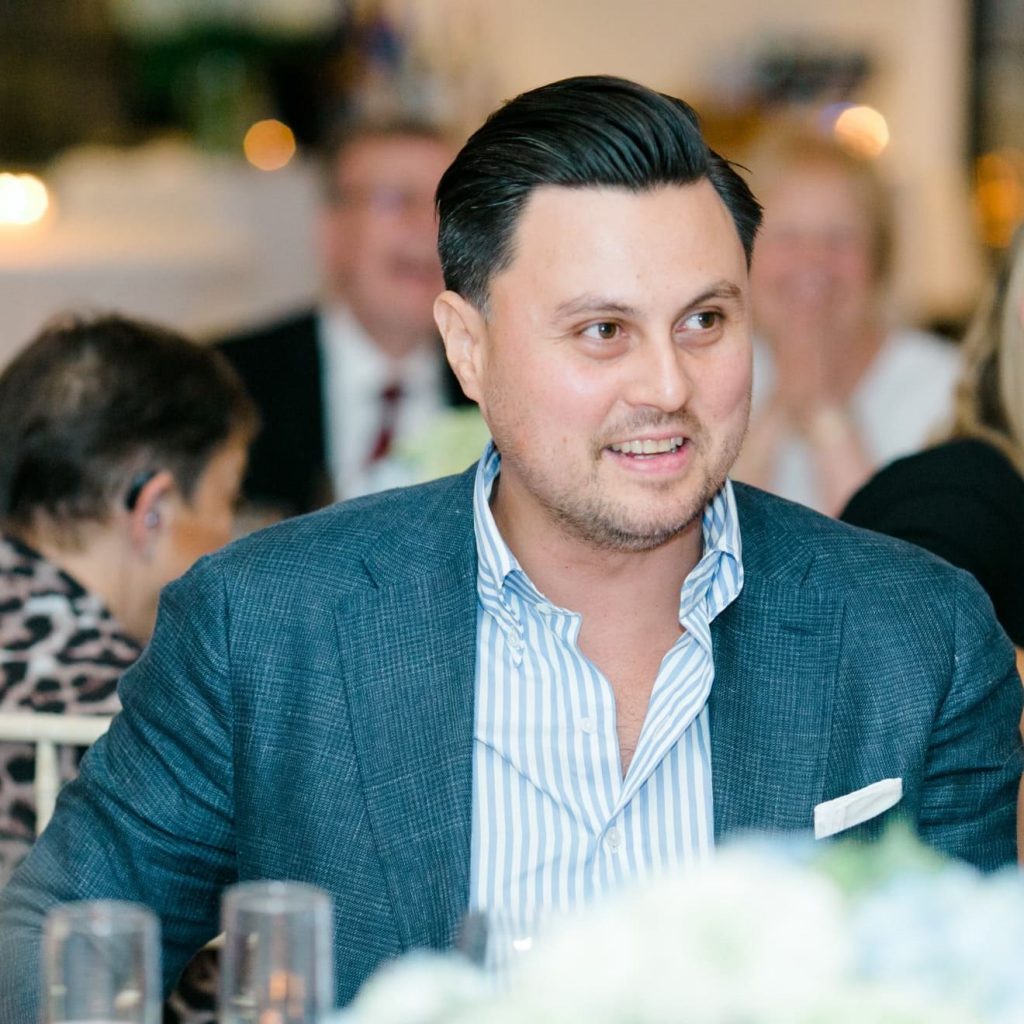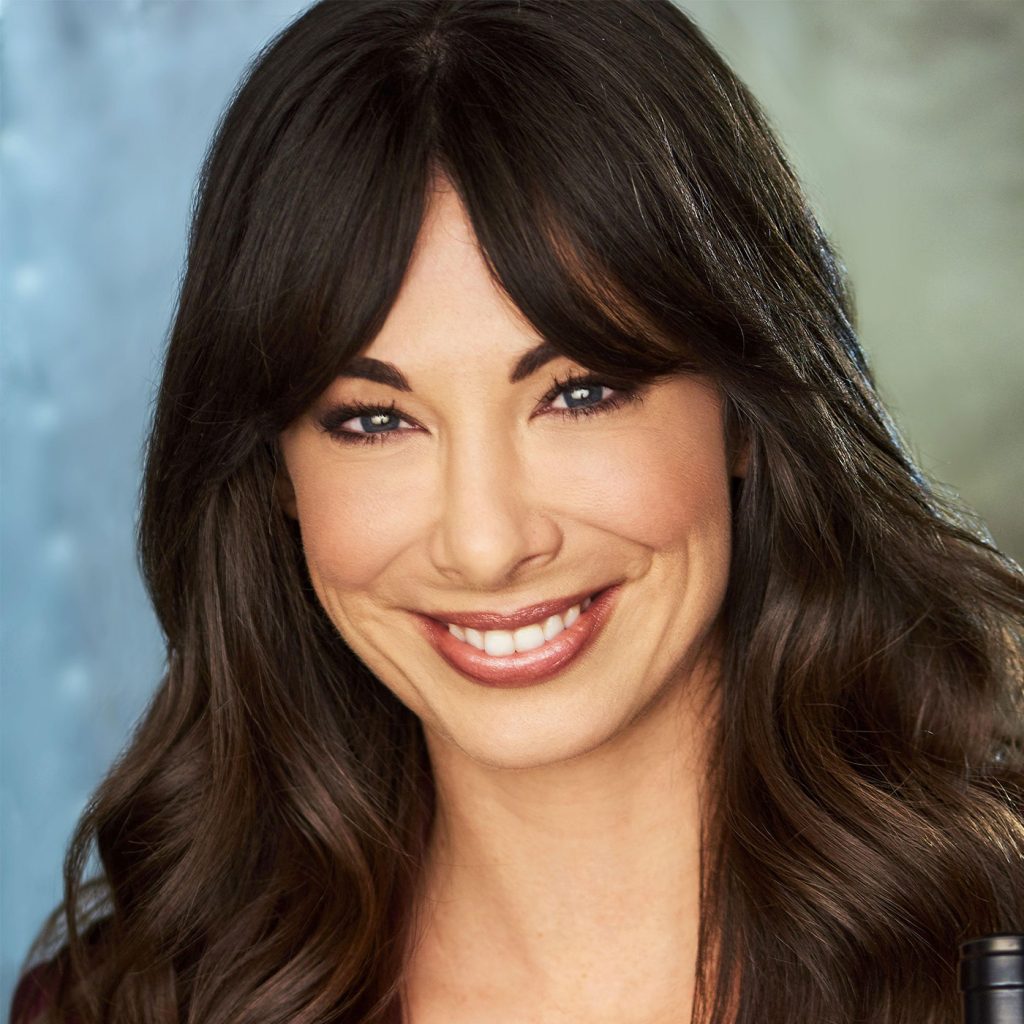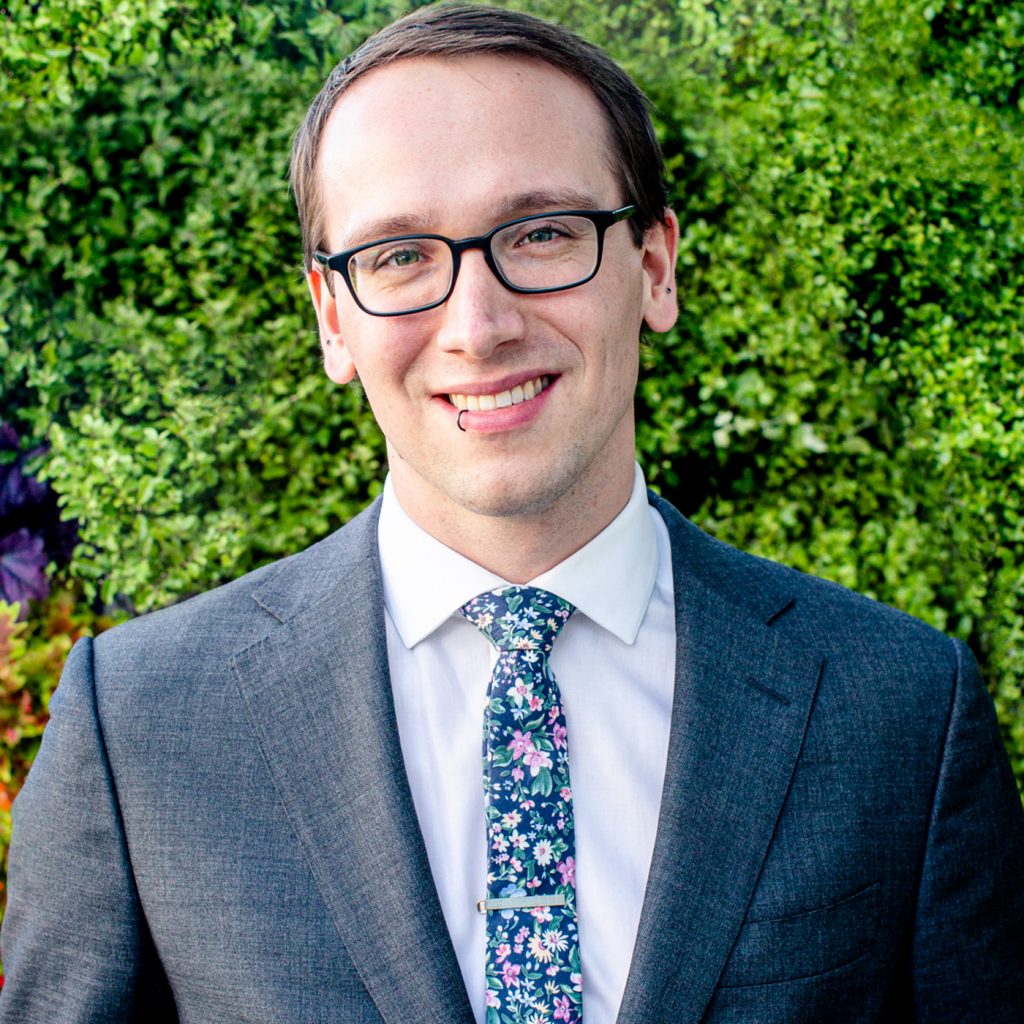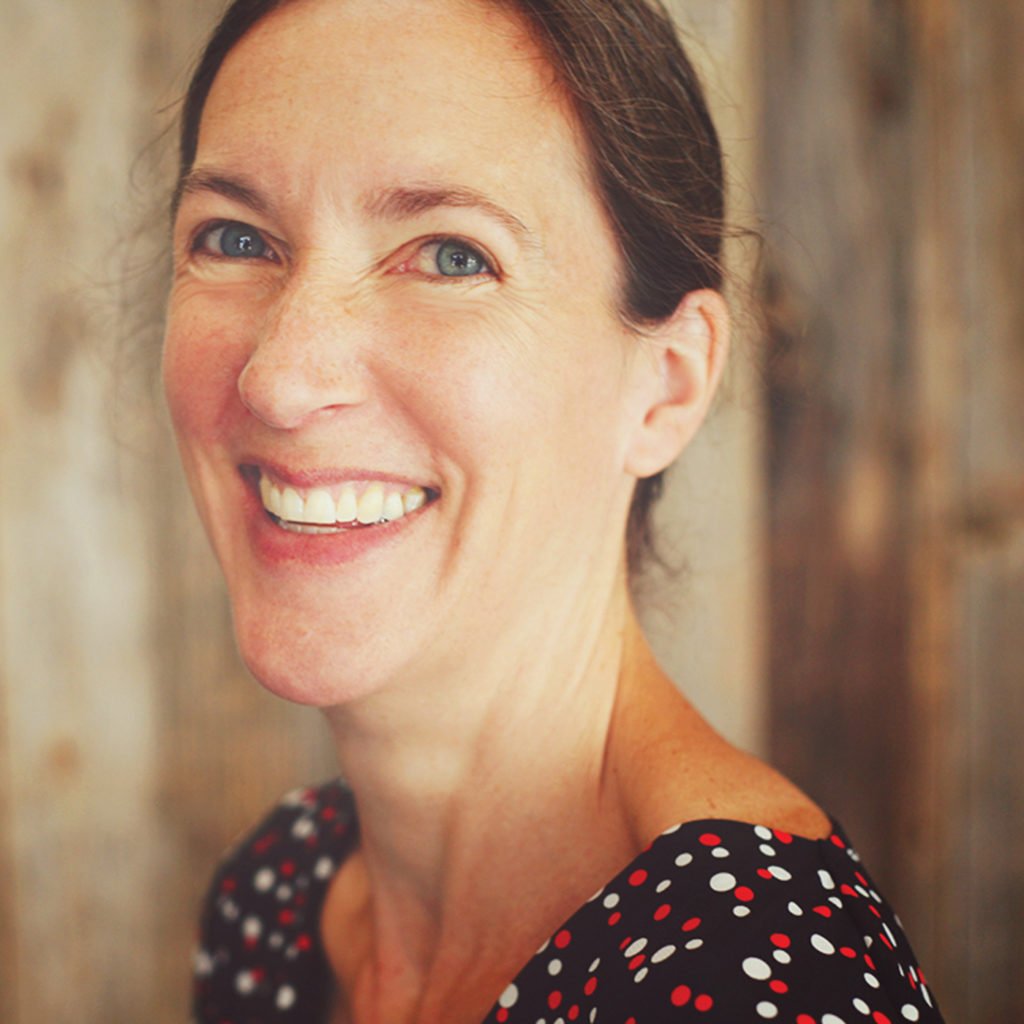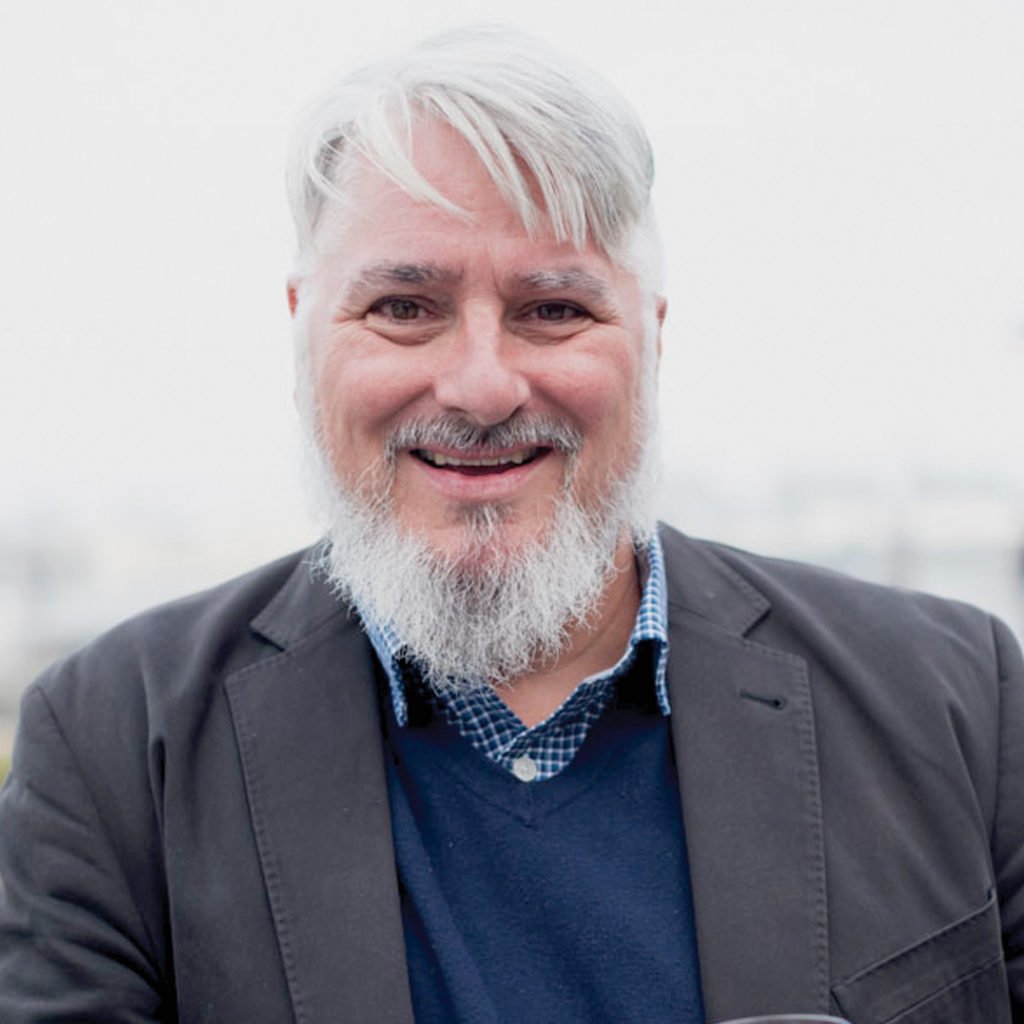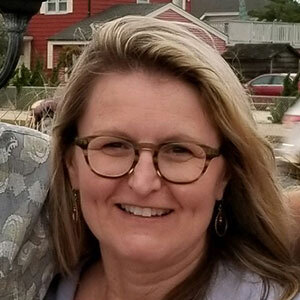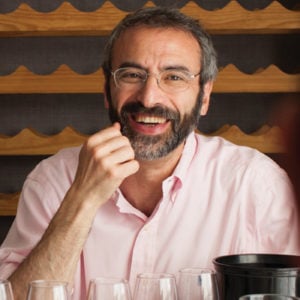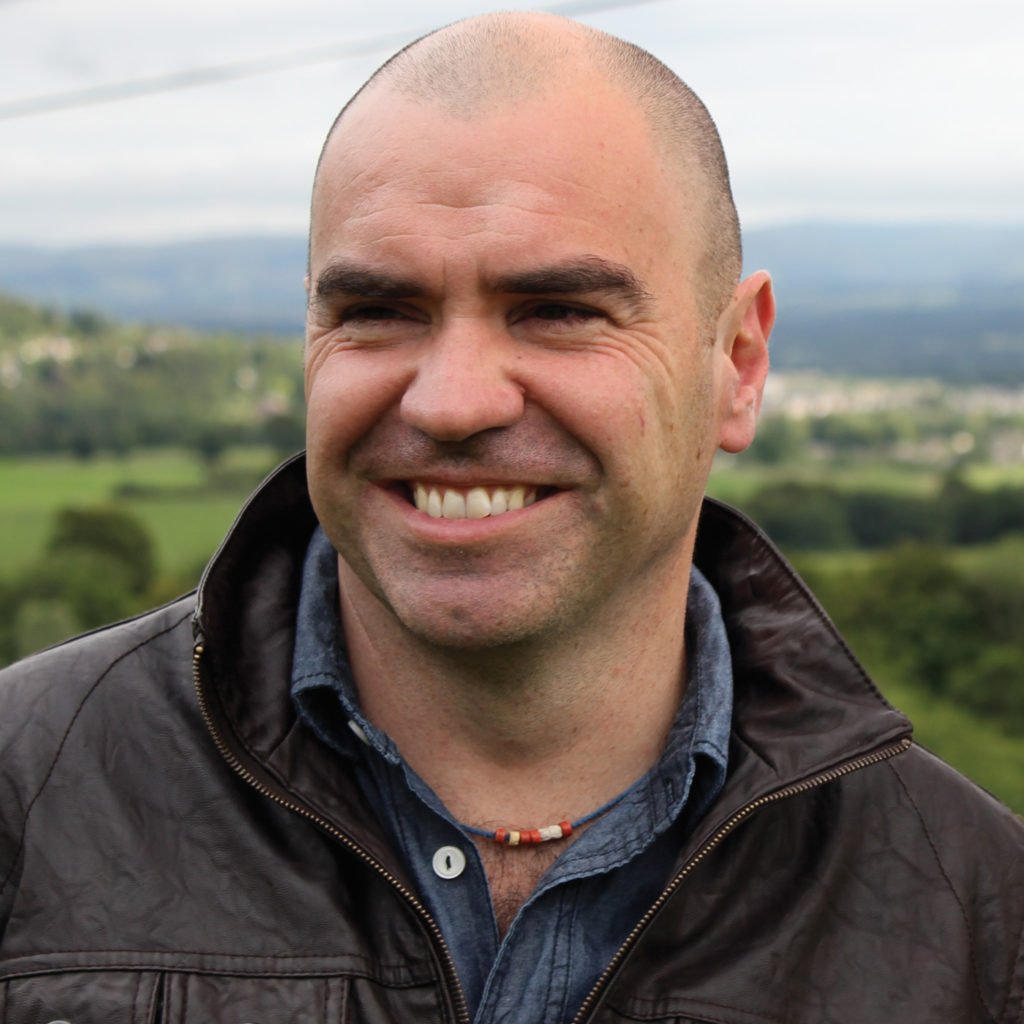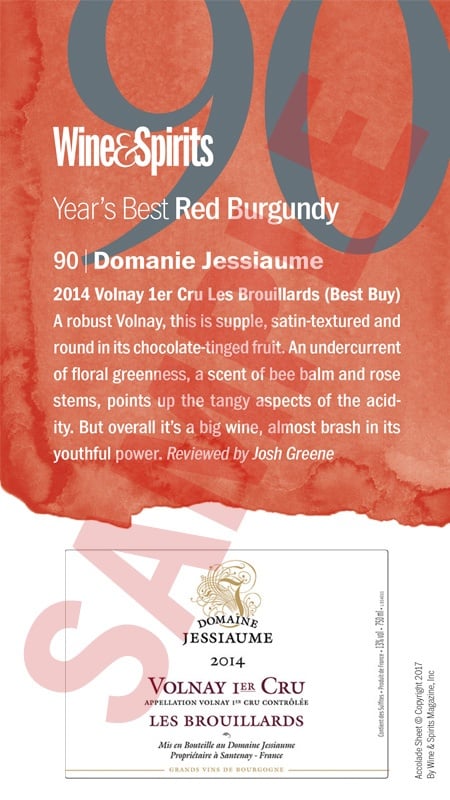The first time I walked through the rows of Ravera’s vines, I found myself turned around. Valter Fissore had led me to the top of a slope in Barolo’s southwestern commune of Novello, where he pointed southward to the Alps in the distance. “Alps to the south?” I thought.…
To read this article and more,
subscribe now.
To continue reading without interruption, subscribe and get unlimited digital access to our web content and wine search.
This story appears in the print issue of December 2021.
Like what you read? Subscribe today.

